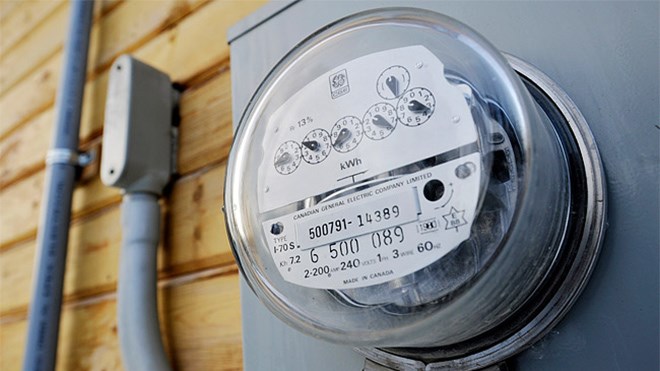On what is expected to be the hottest day of the year, those of us with air conditioning in the home and office will be cranking it up to beat the heat.
But all of the cooling systems running at once draws a lot of power from the province's energy grid. Wendy Watson, spokesperson for Greater Sudbury Utilities, said the biggest spike in energy use takes place at dinner time.
"The hourly demand, as of 10 a.m. this morning, the province was using 19,179 megawatts,” Watson said.
That's expected to rise today at around 6 p.m. to 22,790 megawatts, she said, about an 18 per cent increase.
"From a Sudbury Hydro prospective, we're at about 125 megawatts, and if we use that same 18 per cent figure that the province is using ... we would be up at about 147.5 megawatts at the peak," Watson said.
Temperatures in Sudbury are expected to hit 33 degrees today, and Wednesday should see the mercury hit 30 again, before “cooling” off to 28 on Thursday.
While the hot weather leads to a surge in power consumption, the maximum capacity of the province's electricity grid is 29,456 megawatts.
"So there's a huge spread there -- almost 7,000 megawatts of power that will be available."
While warm weather increases demand, Watson said cold weather puts a much greater strain on the grid.
"Our average over the year is about 152 megawatts, because we're a winter-peaking utility,” she said. “It's not air conditioning that takes the big toll on our resources, it's actually electric heat.
"Think December/January when it's very dark out, when people are cranking up the Christmas lights, and then if it goes to -35, add a little windchill in there, there are an awful lot of people that still have electric heat in our area."
While the power system has plenty of capacity, Watson said it's still tricky to manage. While days like Tuesday are great for solar power generation, nuclear power, which is still the biggest supplier in Ontario, can take a long time to come on stream.
"It takes a really long time for nuclear and gas-fired generation plants to ramp up,” she said.
“It's not like they can walk down the hall and flip a switch and all of a sudden they get the atoms splitting to create nuclear power. A nuclear plant can be two weeks or more to ramp up."
By the numbers:
- Peak demand in Ontario today: 22,790 MW
- Capacity of Ontario's electricity grid: 29,456 MW
- Peak demand for GSU today: 147.5 MW
- Generated by nuclear plants: 10,977 MW
- Generated by gas-fired plants: 4,570 MW
- Generated by hydroelectric plants: 4,393 MW
- Generated by Biofuels: 81 MW
- Generated by solar energy: 79 MW
- Generated by wind energy: 9 MW
